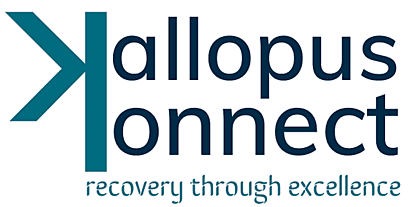Healing through Colors and Creativity: Exploring Art Therapy Activities for Adults and Children
Introduction:
In today's fast-paced world, stress, anxiety, and emotional struggles often hide beneath the surface. Many adults and Children find itdifficult to express their feelings through words, which is why art therapy activities for adults and Childs have emerged as a powerful wayto heal. Both adults and children struggle with stress, anxiety, and emotional expression, but the ways they handle these challenges maydiffer. This is where art therapy activities for adults and children become powerful tools for healing.Unlike traditional therapy, art therapy uses creativity – painting, drawing, sculpting, or collage making – as a form ofcommunication and self-expression. Guided by a creative therapist, these practices allow individuals to release emotions, buildresilience, and discover inner strengths. This approach, rooted in art therapy psychology, shows that sometimes colors, shapes, andmovement speak louder than words.What Is Art Therapy?Art therapy This falls under expressive arts therapy, which includes music, dance, writing, and drama. Whether through paintingtherapy or mindful doodling, art therapy sessions help people of all ages:· Reduce stress and anxiety
· Improve self-awareness
· Strengthen emotional resilience
· Enhance creativity and problem-solving
Benefits of Art Therapy Activities for Adults & ChildFor adults & Child, daily stress and emotional struggles often remain bottled up. Engaging in art therapy activities for adults helps release
tension, improve focus, and process complex emotions.
Key benefits include:Stress relief - Creative expression reduces stress hormones and promotes relaxation.Emotional release - Art therapy or collage creation allows feelings to flow without words.Personal growth – Adults & Childs gain new insights into their thoughts and behaviors.Mental health - Art therapy activities for anxiety help reduce panic, racing thoughts, and overthinking.
Benefits ofArt Therapy Activities for Children
Children often lack the vocabulary to describe what they are feeling, which is why art therapy activities for children are so important.Drawing, coloring, and sensory play give them a safe space to express emotions and develop communication skills.Benefits include:Emotional expression - Art becomes a language for their feelings.
Build self-confidence - Completing artwork increases self-esteem.
Social skills – Group art therapy sessions improve cooperation and empathy.
Support for Autism - Autism and art therapy often go hand in hand, as creative activities improve communication, sensory control,
and social interaction.
Simple and powerful art therapy activities for adults and children
Here are some engaging practices:1. Emotional collage
Adults can cut and organize magazine images to express their inner struggles, while children can use stickers, pictures, or drawings to
show their feelings. This is one of the most effective art therapy activities for anxiety.
2. Painting Therapy for Relaxation:For adults, drawing abstract shapes using calming colors helps reduce stress. On the other hand, children enjoy finger painting orwatercolor paintings, which strengthen motor skills while fostering creativity.3. Mindful doodling:Adults can try Zentangle patterns for memory, while children can draw imaginary creatures or shapes to explore feelings. Both versionsfall under creative art therapy and support focus and relaxation.4. Clay modeling:Adults use clay to release stress and reconnect with their inner child. And Children enjoy creating animals or shapes, which improvescoordination. Many therapists include clay carvings in art therapy sessions for grounding and sensory play.5. Gratitude journal with art:
Adults can combine drawings with writing to reflect on positive moments. Children can create "thank you drawings" for people they love.This hybrid activity blends expressive arts therapy with emotional development.Art therapy psychology and healing anxiety and autism
Art therapy activities for anxiety: Coloring mandalas, abstract painting, and collage making have been shown to calm the mind. Bothadults and children can use these to reduce stress and regain focus.Autism and Art Therapy: Children with autism often benefit from structured art programs that improve sensory integration andcommunication. Adults can find comfort and emotional release in creative activities.Why Families Should Try Art Therapy Sessions Together:
While art therapy activities for adults and art therapy activities for children are powerful individually, families receive even greaterbenefits when they participate together. Shared activities promote bonding, mutual understanding, and open communication.Painting as a family, creating a collaborative collage, or even drawing side by side can foster connection and joy.Final Thoughts:Healing doesn't always come with words. Sometimes a child's colored line or an adult's brushstroke can speak volumes. By exploring arttherapy activities for adults and children, you create a space for expression, relaxation, and emotional growth. Through paintingtherapy, expressive art therapy, or creative art therapy, each session becomes a step towards balance and well-being.





